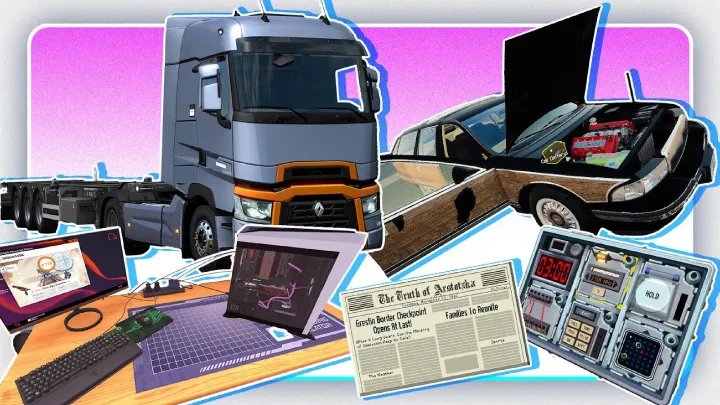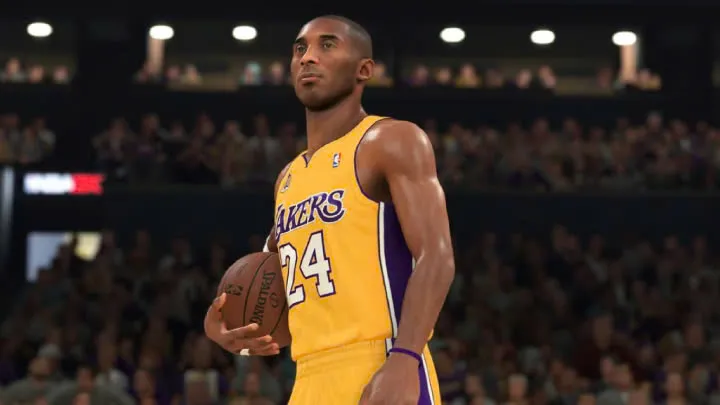Tips & Guides in Call of Duty
Call of Duty has become one of the most influential first-person shooter franchises in the history of gaming, attracting millions of players worldwide. The competitive nature of its matches, combined with fast-paced action and tactical decision-making, makes it a title that rewards not only mechanical skill but also strategic thinking. For newcomers, the game may feel overwhelming due to its variety of weapons, attachments, maps, and constant updates. Meanwhile, veteran players are always looking for ways to sharpen their reflexes and improve their in-game awareness. Understanding the fundamentals of Call of Duty is the first step toward consistent victories. These tips and guides provide a foundation that will help both casual and competitive players enhance their skills. By learning weapon handling, studying maps, mastering movement, and fostering effective teamwork, players can elevate their overall gameplay and dominate in every mode.
Weapon Loadouts and Customization
One of the most critical aspects of Call of Duty is choosing the right weapon loadout. Players often underestimate how much impact the correct weapon and attachment setup can have on a match. The customization system allows for a wide range of choices, from assault rifles with extended magazines to lightweight submachine guns designed for aggressive play. Beginners may feel tempted to select weapons based on popularity, but the most effective strategy is to find a gun that suits your personal playstyle. For example, an assault rifle like the M4 is versatile and reliable, making it perfect for balanced players who enjoy medium-range engagements. On the other hand, a sniper rifle requires patience and precision, rewarding those who can maintain awareness of sightlines and enemy positions.
Attachments further refine weapon performance, allowing players to adjust recoil, range, and handling. Optics can provide clarity in long-range battles, while grips and stocks stabilize recoil. Learning how to balance damage output with mobility is essential. A heavily modified weapon with maximum stability may sacrifice speed, while a lightweight SMG build could leave you vulnerable in long-range duels. The key is to experiment, test various combinations in matches, and discover what fits best with your tactical approach. Ultimately, weapon mastery is not just about firepower but also about adapting to situations—switching between secondary weapons, using perks that complement your loadout, and managing ammunition effectively.
Map Awareness and Strategy
Understanding the maps in Call of Duty is one of the most powerful tools for improving gameplay. Each map is carefully designed with choke points, high-traffic areas, and hidden pathways that reward players who take the time to study them. Beginners often rush blindly into combat, only to be ambushed repeatedly in predictable spots. Advanced players, however, know how to anticipate enemy movement and control key zones.
Map awareness means more than memorizing layouts; it requires analyzing spawn points, predicting enemy routes, and recognizing areas that provide tactical advantages. For instance, holding high ground often allows for greater visibility and stronger defensive positions. Equally important is learning when to rotate around the map rather than staying in one location. Overstaying in a popular area can lead to being flanked or outnumbered.
Another critical component of map strategy is understanding objective modes. In Domination, controlling two out of three points usually creates better pressure than greedily attempting all three. In Search and Destroy, patience and stealth are rewarded more than rushing. Players who adapt their movement according to the game mode quickly gain the upper hand.
By practicing map awareness, players develop a sixth sense for danger. They begin predicting where enemies are likely to appear and prepare accordingly. This transforms the game from a reflex-driven shooter into a chess match, where foresight and positioning matter as much as aim.
Movement and Positioning
Movement in Call of Duty is often underestimated, yet it is one of the most decisive factors that separate average players from professionals. The way a player navigates the battlefield determines not only survival but also how effectively they can engage enemies. Movement should always be purposeful, whether sprinting to cover, sliding into a firefight, or crouching to reduce visibility.
Positioning is the second half of this equation. Standing in the open for too long is an invitation for enemies to land easy shots. Skilled players constantly reposition, taking advantage of cover and using the environment to their benefit. For example, corner peeking allows players to expose minimal parts of their body while still gathering visual information. Similarly, jump-shooting or drop-shooting can throw off an opponent’s aim in close-quarters combat.
Verticality is another factor. Many Call of Duty maps include multiple levels, rooftops, or staircases. Players who understand vertical movement can surprise enemies by attacking from unexpected angles. Maintaining awareness of sound cues, such as footsteps or gunfire, enhances this advantage. Smart movement combined with strong positioning often turns losing fights into victorious ones.
Furthermore, players should avoid becoming predictable. Repeating the same path or camping in the same spot will eventually be countered by attentive opponents. Mixing aggressive pushes with cautious retreats ensures unpredictability. Mastery of movement and positioning transforms a player into a harder target to hit, while simultaneously creating opportunities to outmaneuver and outplay opponents.
Teamwork and Communication
Although Call of Duty can be enjoyed as a solo experience, the game truly shines when players work as a coordinated team. Effective communication is essential in competitive modes, where quick decisions and information sharing often determine the outcome of a match. Simple callouts, such as alerting teammates about enemy positions or announcing when an objective is being captured, can drastically improve team performance.
Teamwork is not limited to verbal communication; it also involves understanding roles within a squad. Some players are naturally suited to aggressive pushes, while others excel at providing cover fire or securing objectives. Recognizing these strengths allows the team to operate cohesively. For example, an aggressive SMG player can rush to disrupt enemy lines while a sniper provides overwatch.
Another vital aspect is resource management. Killstreak rewards, for example, can be devastating when timed correctly. Sharing information about when to deploy UAVs, airstrikes, or countermeasures ensures maximum efficiency. Teams that coordinate their killstreaks often dominate matches, whereas uncoordinated players may waste their resources individually.
Trust also plays a major role in teamwork. By relying on teammates to cover flanks or hold objectives, players reduce pressure on themselves and maintain focus on their assigned tasks. In competitive settings, communication, coordination, and trust often matter more than raw skill. A well-organized team of average players can consistently outperform a group of highly skilled individuals who refuse to work together.
Mindset and Pro-Level Secrets
Beyond weapons, maps, and teamwork, success in Call of Duty also depends heavily on mindset. Players who remain calm under pressure perform better than those who let frustration dictate their actions. Developing mental resilience is crucial, especially in competitive modes where one mistake can lead to a round loss. Instead of focusing on deaths or misplays, professional players analyze what went wrong and adjust their strategies.
Patience is another essential trait. Many players rush without thinking, leading to unnecessary deaths. Pro players, however, understand the value of waiting for the right opportunity. They use sound cues, minimap information, and timing to strike when the enemy is most vulnerable.
Another secret lies in consistency. Professional players practice regularly, not only to refine aim but also to maintain muscle memory and reaction speed. They review their gameplay footage, study opponent strategies, and stay updated with balance changes introduced by developers. Staying adaptable ensures long-term success, especially in a franchise that evolves with each new release.
Finally, pro players understand that improvement is a gradual process. Instead of expecting instant mastery, they embrace the journey of constant learning. By combining a disciplined mindset with technical skills, players can transform themselves into formidable competitors capable of excelling at any level of play.
Conclusion
Call of Duty is more than just a fast-paced shooter; it is a game of skill, strategy, and adaptability. Mastering it requires more than simply landing accurate shots. Players must learn to balance weapon customization, analyze maps, perfect their movement, and communicate effectively with teammates. Developing the right mindset and adopting professional habits further elevate gameplay to new heights.
For newcomers, the journey may seem challenging, but by embracing these guides, every match becomes an opportunity to learn and grow. For experienced players, refining these skills leads to greater consistency and more victories. Ultimately, success in Call of Duty is not about luck but about preparation, awareness, and constant improvement. Whether competing casually or in high-stakes tournaments, those who dedicate themselves to mastering the game’s fundamentals will always rise above the rest.

















